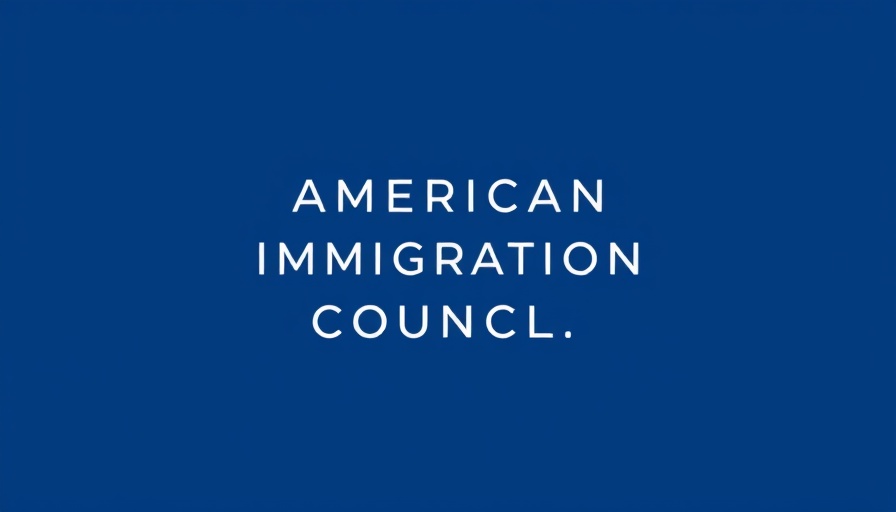
Deep Concerns Over U.S. Detention Policies in Foreign Prisons
The recent release of two Venezuelan nationals from El Salvador’s notorious Terrorism Confinement Center (CECOT) raises alarming questions about the U.S. government’s approach to immigration policy and human rights. Edicson Quintero Chacón and Jose Manuel Ramos Bastidas were detained for 125 days in conditions widely condemned for inhumane treatment, only to be returned to Venezuela on a flight facilitated by U.S. authorities.
Both men, who faced removal orders from the U.S., claimed they never wanted to leave the country without facing their asylum claims—claims that were violently and unjustly disregarded. This move highlights a potentially detrimental shift in U.S. policy, one that seemingly prioritizes diplomatic deals over the dignity and safety of migrants.
Implications for Migrant Rights
This situation sends a harsh message about immigrant rights from the U.S. government. Legal experts are questioning the adherence to international legal obligations regarding asylum seekers, as many sent to CECOT had viable claims pending in the U.S. system. The forced return of these individuals, without due process, is emblematic of growing human rights concerns surrounding current immigration practices.
What Comes Next for Detained Migrants?
Families of those detained are left in despair as they continue to navigate a tense system that seems indifferent to their suffering. With no clear transparency or public accountability regarding how individuals are selected for programs involving foreign detention, the trauma endured by families like those of Chacón and Bastidas lingers painfully. The U.S. must reckon with the human impact of its policies.
The Need for Systemic Change
As attention turns towards comprehensive immigration reform, stakeholders are calling for systemic changes that protect the rights of detainees, including a complete reevaluation of agreements with other nations like El Salvador. Moving forward requires vigilance to ensure human rights are not sacrificed in the pursuit of political expediency.
 Add Row
Add Row  Add
Add 




Write A Comment